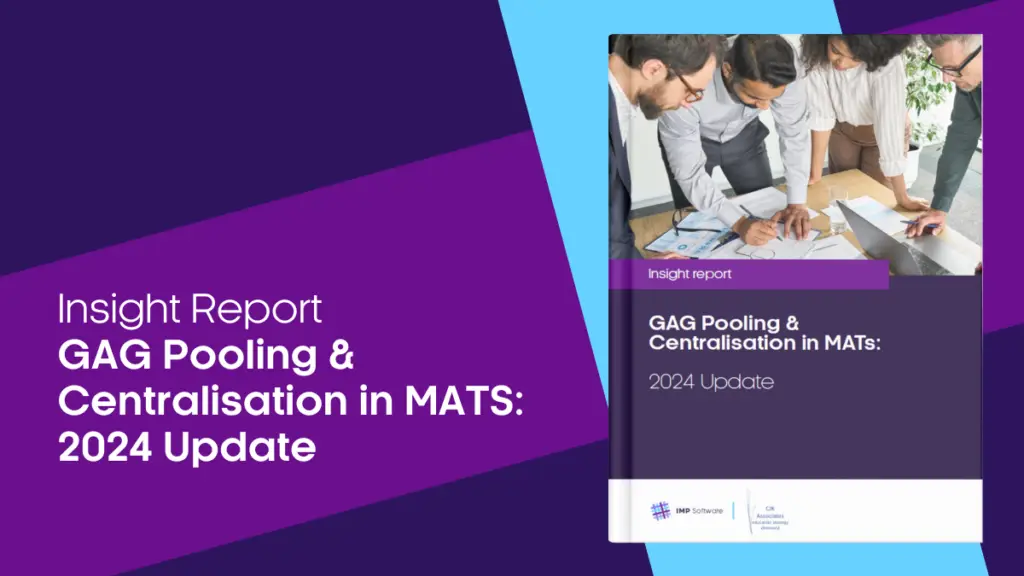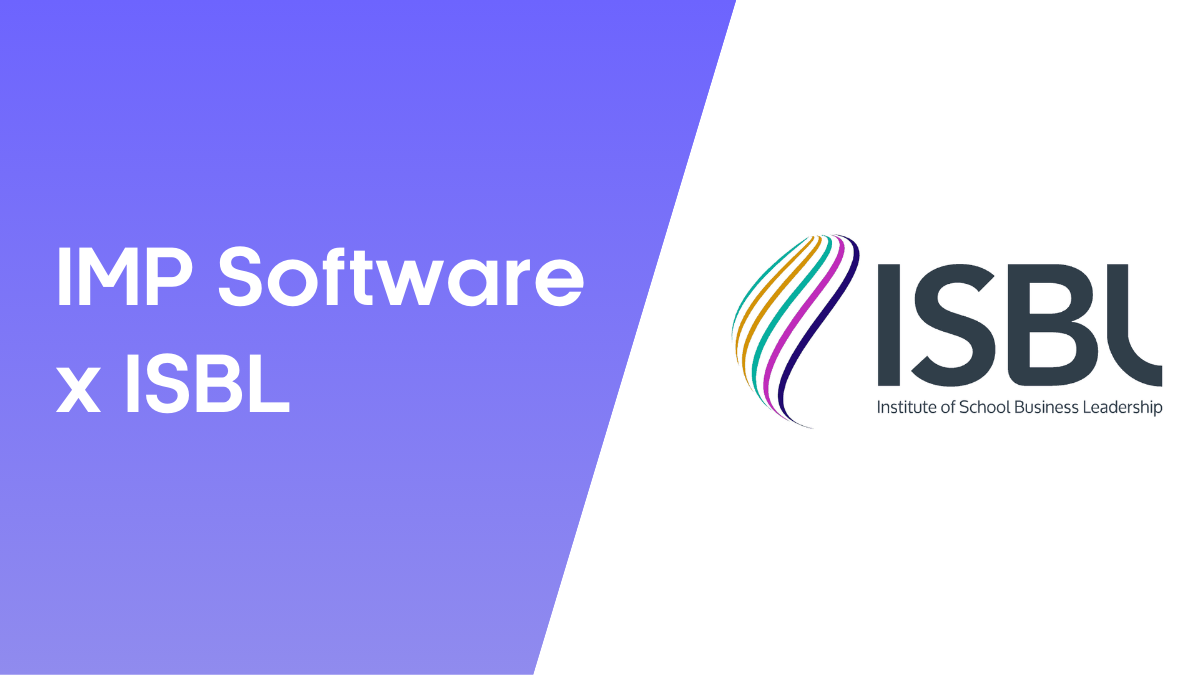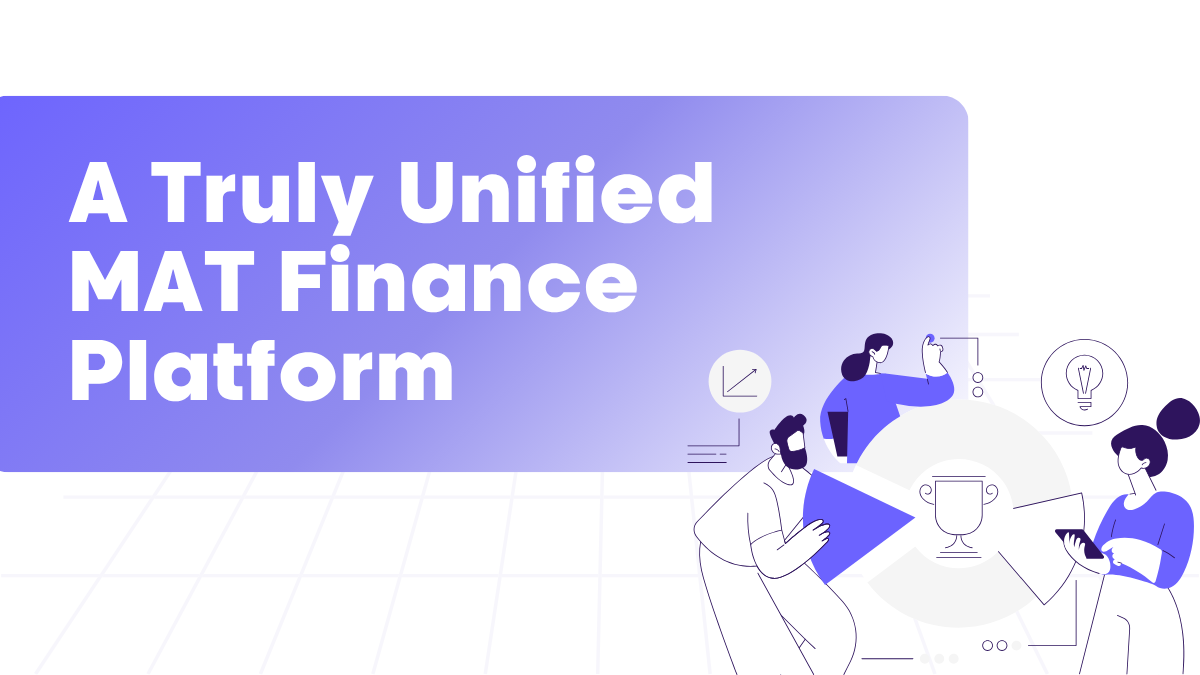In this second blog around GAG Pooling & Centralisation in MATs: 2024 Update, we highlight the key steps taken by trust CEOs, CFOs and COOs to introducing revenue pooling.
Around 80% scored their likelihood of recommending the approach they took to implementing GAG pooling to a peer at 8 out of 10 or higher, and over half gave this a 9 or 10.
Here we present advice and top tips from MAT leaders, spanning consultation, piloting and implementation.
1. Consultation
Overall, consultation approaches vary in duration, stakeholders involved, and whether the process is initiated before or after the implementation of pooled funding. The emphasis on transparency, ongoing dialogue, and responsiveness to concerns are common threads.
Inclusive stakeholder engagement
Extended consultation periods, ranging from several months to years, involved a wide array of stakeholders, including headteachers, LGBs, and trustees. Transparent communication and feedback mechanisms were emphasised to gather input from various perspectives.
Tailored consultation process
Some trusts adopted a tailored approach, consulting specific groups as those above. In one case, the consultation occurred when all schools in the trust experienced changes in senior leadership, ensuring financial support for incoming leaders.
Iterative consultation and policy drafting
An iterative process involved developing initial models, drafting policies, and consulting with individual headteachers. Trusts engaged in ongoing discussions, addressing concerns raised during the consultation and refining the policy accordingly.
Top-down decision with later consultation
In certain instances, the decision to pool was top-down, initiated by trust leaders and quickly supported by the Board.
2. Piloting
In general, the decision to pilot or not their revenue model is influenced by factors such as the perceived complexity of the change, the urgency of implementation, and the confidence in the benefits of pooled funding. Alternatives include informal piloting, post-implementation reviews, and specific mitigation strategies.
No formal pilot
A significant number of leaders did not conduct a formal pilot, opting to implement the pooled funding approach directly without a trial period. Some expressed that the nature of the change did not warrant a pilot, and they transitioned from previous budget models to pooled funding more swiftly.
Informal or inherent piloting
In some cases, leaders informally piloted elements of the approach, such as pooling capital before fully implementing GAG pooling. Changes were made iteratively based on ongoing assessments and adjustments to procedures as needed.
Post-implementation review
In a few instances, leaders committed to a review and re-consultation after the first year to ensure that the approach met the needs of all stakeholders. This approach allowed for adjustments based on the initial implementation experience.
Reversal for mitigation
One leader reversed the impact of the change in the first year to ensure that no academy was worse off than they would have been in the previous model. This mitigating strategy served as a form of initial pilot testing.
Immediate implementation
Some leaders chose not to pilot and instead implemented the approach across all schools directly, emphasising the urgency and benefits of the new model.
3. Implementation
The implementation process requires careful consideration, engagement, and iterative adjustments to ensure a smooth transition to pooled funding.
Policy development and communication
Leaders developed a clear policy outlining the methodology and appeal process. Communication involved informing stakeholders, presenting indicative models, and engaging with schools to contextualise and plan change.
Consultation and buy-in
Early engagement with headteachers addressed concerns and emphasised the benefits of pooled funding. As noted above, trustees, school leaders and local governors were consulted to secure buy-in and approval.
Transition period and metrics introduction
Leaders identified the first year as a transition period to identify and mitigate issues. Metrics were introduced to the budget-setting process for transparency.
Financial system and software preparation
Adequate preparation involved ensuring the finance system could handle a single budget. Some leaders changed systems, and others aligned implementation with the roll-out of financial software.
Human factors leadership training
Investment in leadership training focused on human factors to develop an open and honest culture.
Roll-out and timelines
Implementation timelines varied, with some opting for a gradual roll-out over several years. Changes were made incrementally, with initial implementation of specific cost centres gradually increasing over two years.
Review and iterative adjustments
Some leaders committed to a post-implementation review after the first year to refine the approach based on feedback. In-year tweaks and adjustments were made based on ongoing assessments and issues identified during the implementation.
Trustee approval and final regulation changes
Trustees approved the changes, and revisions to financial regulations were made to support the new funding model.
In summary, MAT leaders identified the benefits of their chosen approaches to funding allocations, drawing on six specific themes:
1. Accountability and fair funding
Clear accountability aligns with the scheme of delegation. Every pupil is treated equally, ensuring consistent funding.
2. Cultural development
Internally, the ethos and culture has shifted from individual schools to a unified trust, supporting ‘family of schools’ messaging.
3. Equitable funding and operational efficiencies
Ensures equal opportunities, and evens out funding differences, in both cases avoiding disparities between schools.
4. Flexibility and targeted investment
Flexibility allows targeted investment where needed. This, in turn, accelerates improvements in underperforming or financially weaker academies.
5. Strategic planning and academic focus
Supports strategic planning over the medium term and allows leaders to focus on educational improvements rather than non-educational budget concerns.
6. Support for the smallest schools
Needs-based approaches provide vital support for small schools. Economies of scale have been realised, enhancing efficiency as a result.
Download our latest report:

Explore cutting-edge strategies shaping MAT operations in 2024. Deep dive into current GAG pooling & centralisation trends & learn best practices with our latest White Paper.




